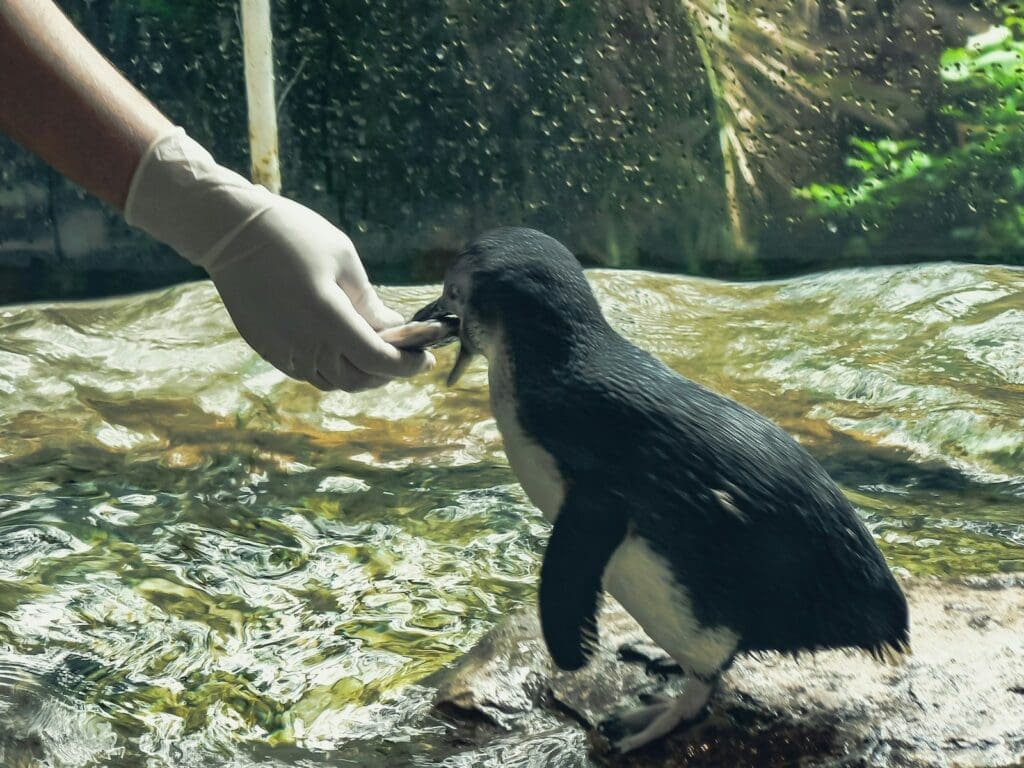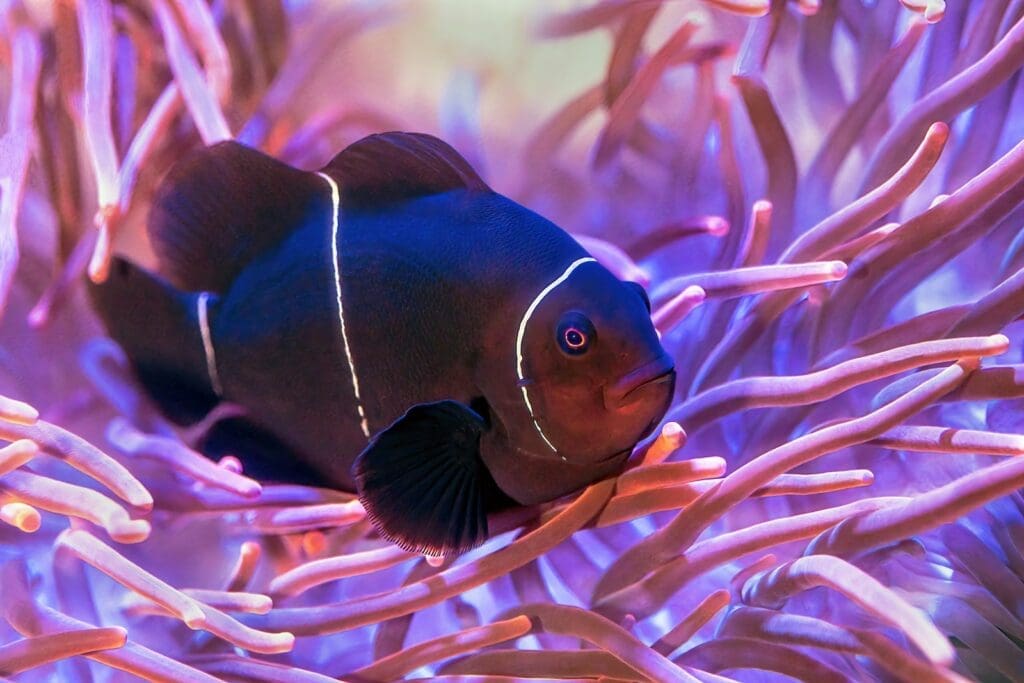
A trip to the zoo can be an exciting and educational experience for students of all ages. As a teacher, planning a zoo field trip can be a great way to engage your students in science, biology, and environmental studies. However, without proper planning and preparation, a zoo field trip can quickly become chaotic and overwhelming. In this blog post, we’ll provide you with some tips on how to make the most of your zoo field trip with students.
- Plan ahead
Before your zoo field trip, it’s important to plan ahead. Contact the zoo in advance to find out what resources and educational programs they offer. Many zoos offer guided tours, educational programs, and workshops that can help enhance your students’ learning experience. You can also request a map of the zoo and plan out your itinerary in advance to ensure that you cover all of the exhibits that you want to see.
- Prepare your students
Preparing your students for a zoo field trip is just as important as planning ahead. Discuss the purpose of the trip with your students and what they can expect to learn. Review the rules and expectations for behavior while at the zoo, including staying with the group, not feeding the animals, and not tapping on the glass or fences. You can also assign research projects or scavenger hunts that will encourage your students to actively engage with the exhibits.
- Use technology
Technology can be a great tool to enhance your students’ learning experience at the zoo. Many zoos now offer mobile apps that provide interactive maps, exhibit information, and games that students can use while exploring the zoo. You can also encourage your students to use their smartphones to take pictures and videos of the animals, which can be used for classroom discussions and projects.
- Encourage observation and inquiry
One of the best ways to make the most of your zoo field trip is to encourage your students to observe and ask questions. Encourage your students to look closely at the animals and their behavior, and to ask questions about the animals’ habitat, diet, and natural behaviors. You can also encourage your students to think critically about the role of zoos in conservation efforts and the ethical considerations surrounding captivity.
- Follow up after the trip
Following up after the zoo field trip can help reinforce your students’ learning and provide opportunities for further exploration. You can assign reflection assignments or have class discussions about what students learned, what surprised them, and what they want to learn more about. You can also provide opportunities for students to share their photos and videos from the trip and use them for class projects or presentations.
In conclusion, a zoo field trip can be a great way to engage your students in science and environmental studies. By planning ahead, preparing your students, using technology, encouraging observation and inquiry, and following up after the trip, you can make the most of your zoo field trip and provide your students with a memorable and educational experience.





